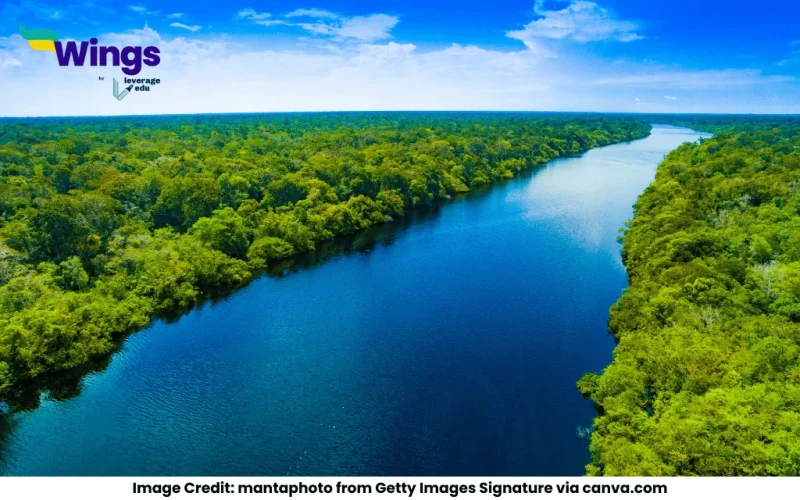Advantages and Disadvantages of Multi-Purpose River Projects: Multi-purpose river projects provide numerous benefits such as irrigation, hydroelectric power, flood control, and water supply, but they also have significant drawbacks including displacement of communities, ecological damage, and high costs.
Advantages of Multi-Purpose River Projects
Here is a list of all the advantages of a muti-purpose river project:
1. Irrigation and Agricultural Benefits
One of the major advantages of multi-purpose river projects is their role in irrigation. These projects ensure a steady water supply to agricultural lands, especially in regions dependent on monsoon rains. This improves crop productivity and supports food security.
2. Hydroelectric Power Generation
Dams built as part of multi-purpose projects generate hydroelectricity, a clean and renewable energy source. This reduces dependence on fossil fuels, lowers greenhouse gas emissions, and supports industrial and economic growth.
3. Flood Control
By regulating water flow, these projects help prevent devastating floods in downstream areas. This protection minimizes loss of lives, infrastructure damage, and economic setbacks caused by flooding.
4. Water Supply for Domestic and Industrial Use
Multi-purpose river projects ensure an adequate and reliable water supply for domestic consumption and industrial activities. This is especially crucial in regions facing water scarcity.
5. Recreation and Tourism Opportunities
Reservoirs and dams often become hubs for recreational activities such as boating, fishing, and tourism. These activities create employment opportunities and contribute to local economies.
Disadvantages of Multi-Purpose River Projects
Here is a list of all the disadvantages of a muti-purpose river project:
1. Displacement of Communities
A major drawback of these projects is the displacement of people residing in the affected areas. Large-scale dam construction often leads to the forced relocation of thousands, sometimes millions, disrupting their livelihoods and cultural heritage.
2. Environmental Impact
Multi-purpose projects can significantly harm ecosystems. The alteration of river flow affects aquatic life, disrupts fish migration, and reduces biodiversity. Additionally, large reservoirs contribute to greenhouse gas emissions due to the decomposition of organic matter.
3. High Costs and Economic Burden
Constructing and maintaining multi-purpose river projects require huge financial investments. Governments often take large loans, leading to financial burdens. Additionally, if a project fails to generate expected benefits, it results in economic losses.
4. Risk of Natural Disasters
Dams and reservoirs increase the risk of earthquakes and landslides due to water pressure on geological faults. In case of dam failure, the resulting floods can cause catastrophic destruction to downstream regions.
5. Water Conflicts
Multi-purpose river projects often create disputes between states and countries over water-sharing rights. This can lead to political tensions, legal battles, and conflicts over resource allocation.
While multi-purpose river projects provide essential benefits like irrigation, electricity, and flood control, they also pose significant environmental, social, and economic challenges. It is crucial to balance development with sustainable practices to maximize benefits while minimizing adverse impacts.
Common Doubts
 60,000+ students trusted us with their dreams. Take the first step today!
60,000+ students trusted us with their dreams. Take the first step today!


 One app for all your study abroad needs
One app for all your study abroad needs










